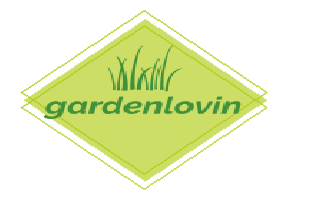Remember the phrase, “One man’s trash is another man’s treasure”? That has never been truer than when in reference to compost. Creating your own compost is nothing more than recycling organic trash like food, grass, coffee grounds, and garden waste). Learn how to make your own compost in 3 way steps.
The compost process is actually a natural phenomenon that occurs without any human involvement. For example, when leafs fall on a forest floor, it decomposes, breaks down, and adds nutrients to the soil, acting like a fertilizer. It’s mother nature’s way of taking care of herself.
We can use our own organic trash from grass clippings to banana peels to create the same effect. But why would we want to? There’s a lot of reasons. Gardeners and farmers love to compost because it is essential DIY fertilizer that is cheaper and works better than the expensive stuff at the store. Environmentalists also compost because it keeps trash out of the landfills and puts it to good use.

Composting isn’t just for farmers and rural areas, urban areas compost too because sometimes it’s actually easier than filling up endless trash bags and hauling them to the dumpster. Here’s how to get started.
Step 1:
Find a Bin or a Spot. If you have an area of your lawn or garden that you can use to compost, you don’t need an actual bin. Otherwise, you’ll need something to contain your pile. Generally, anything that is at least 3 feet by 3 feet works great. You can use an old trash can, a DIY wooden crate, or anything in between.
Step 2:
Build it up. As a general guide, if it came from a plant, throw it in the bin. This includes outdoor things like garden waste, lawn clippings, and hay. It also includes most kitchen waste like egg shells, coffee grounds, tea bags, and any rinds, scraps or peels. Keep all dairy products, meat products and any cooked food OUT of the compost bin.
Compost connoisseurs have created quite a science to the building, layering, airing, turning, and testing of compost to make sure the result is pure black gold perfection. Honestly, it’s not rocket science. It needs to have access to oxygen and water, just like any living thing, so stir it around about once a week and keep it moist. That’s about all it takes.

Step 3:
Wait. The hardest part of compost is waiting. It takes about a year to develop real useful fertilizing soil from a compost pile. Once you have your beautiful compost, you can use it in your garden, flower beds, around trees, and even in potted plants. You’ll enjoy plants that are bigger, stronger, and produce better flowers and more produce than ever before. All it takes is trash and patience.


